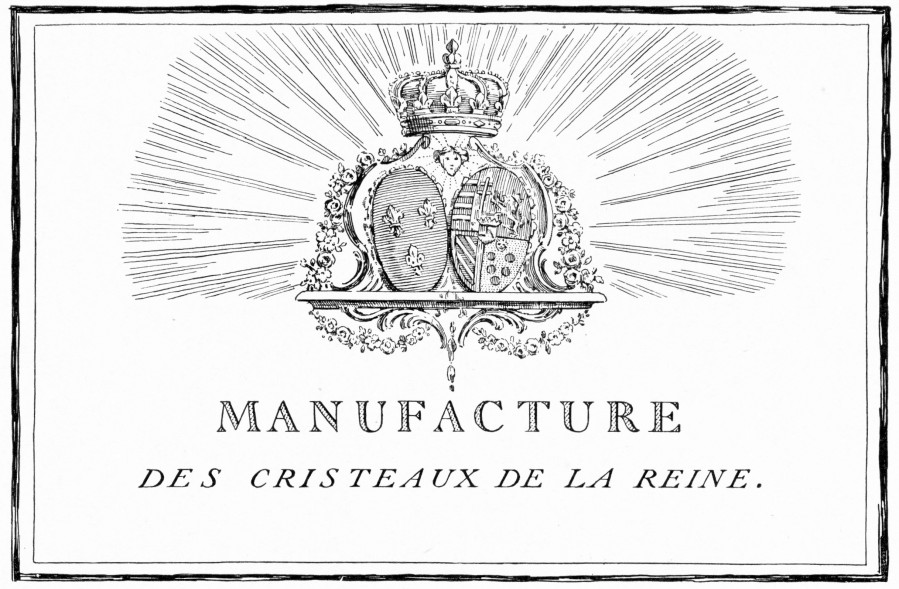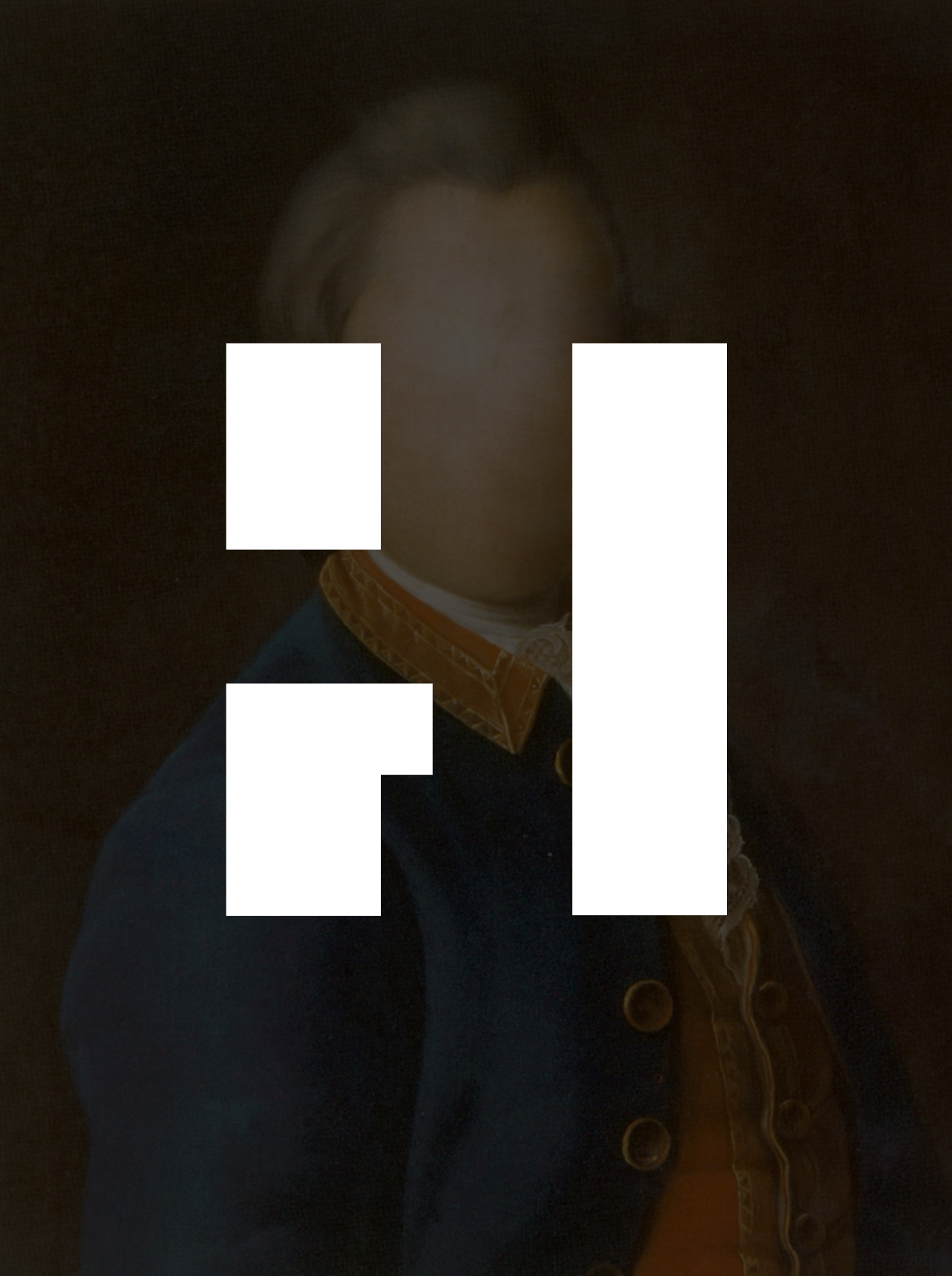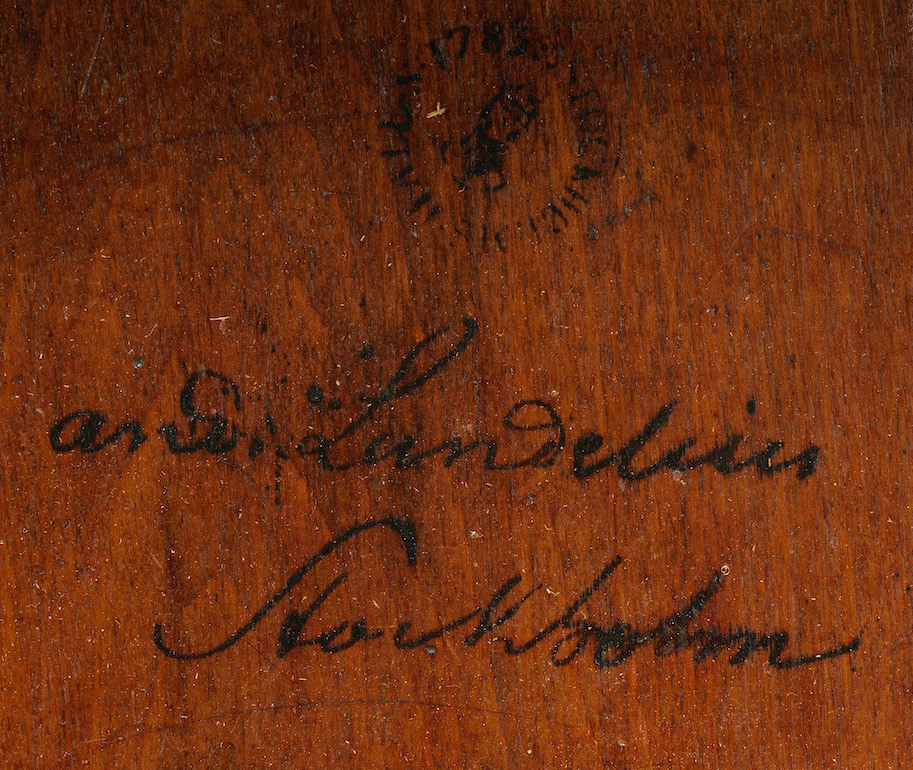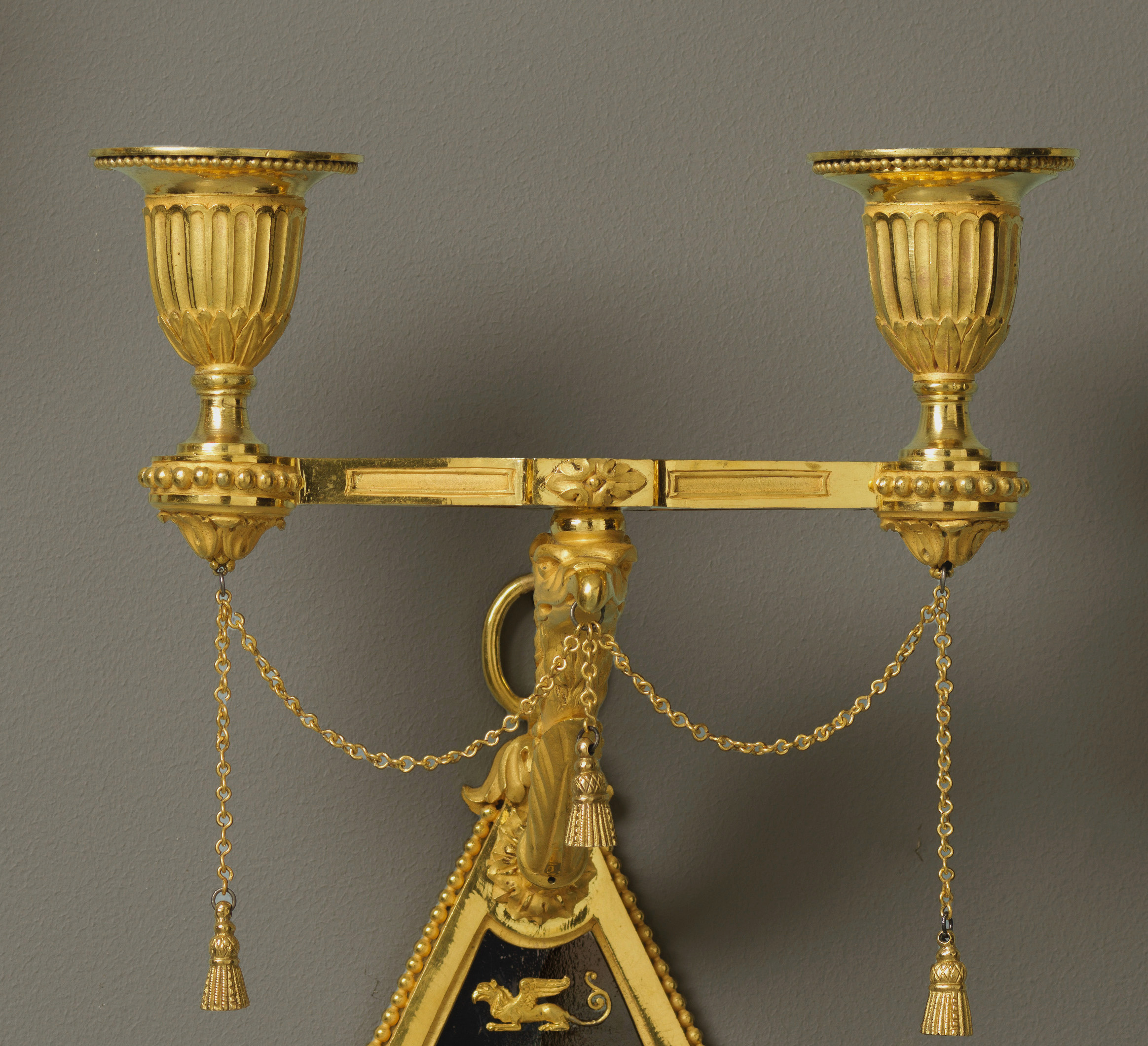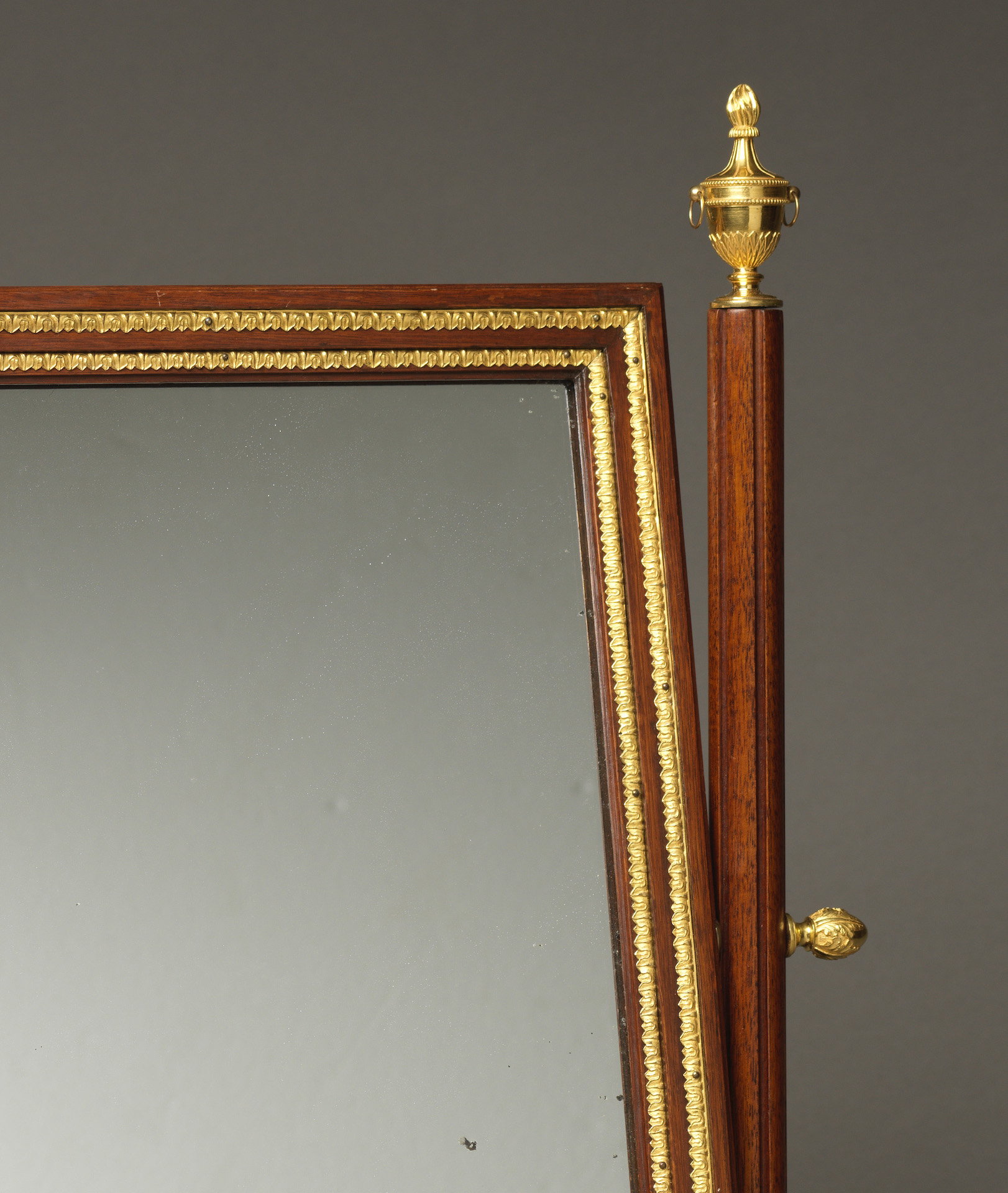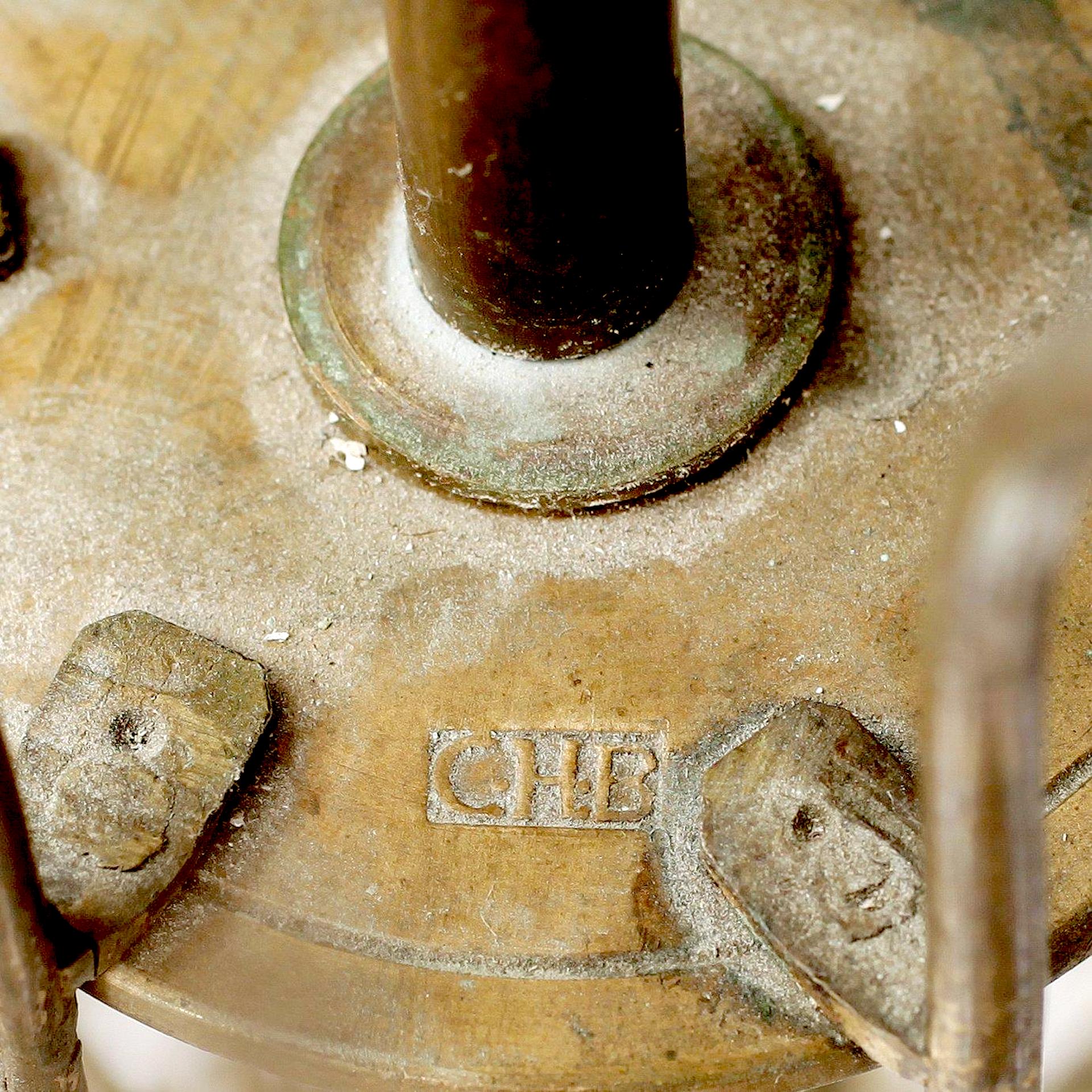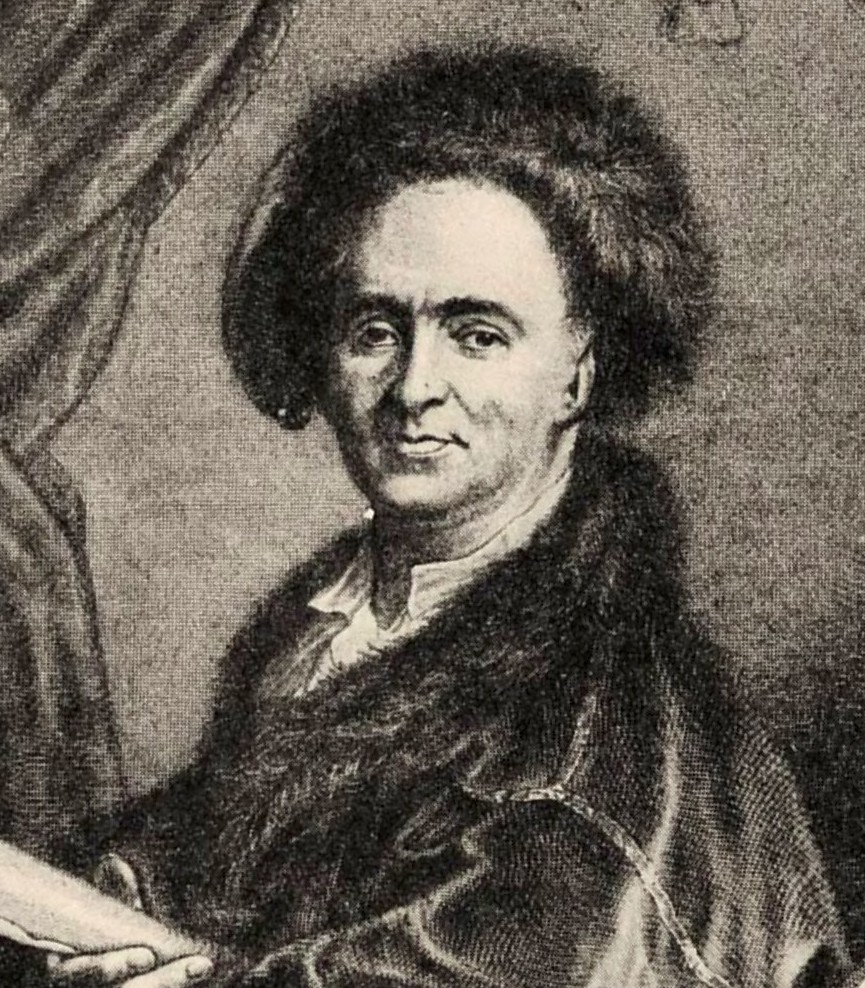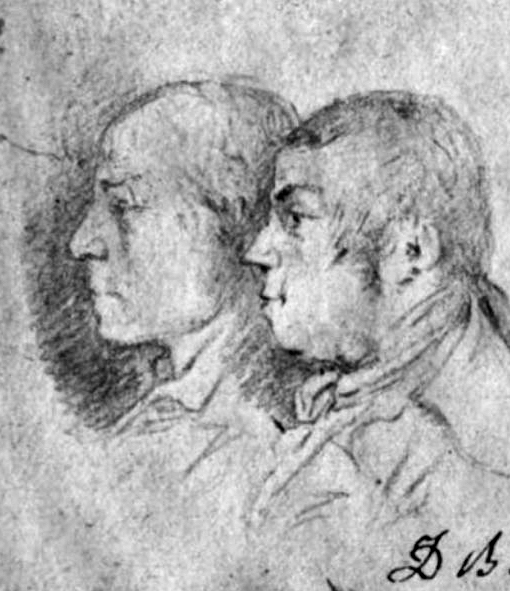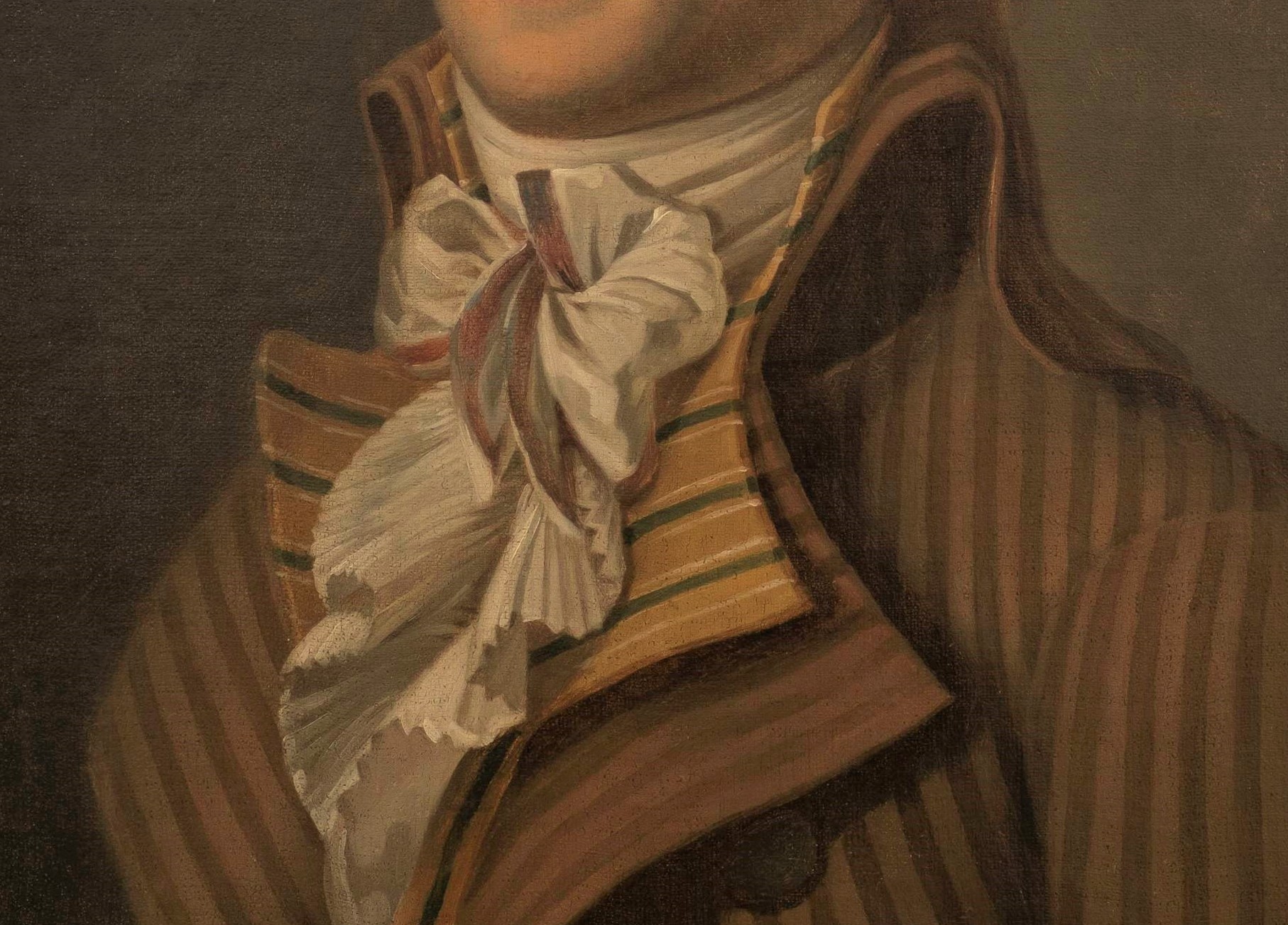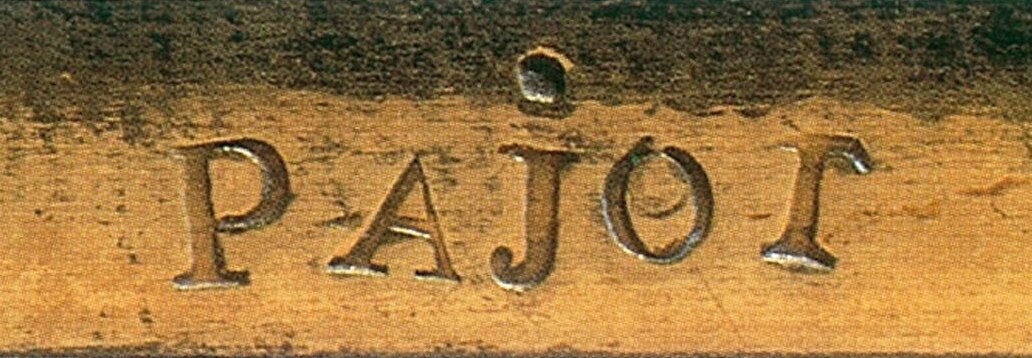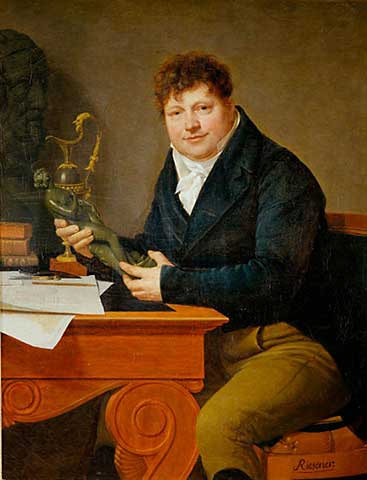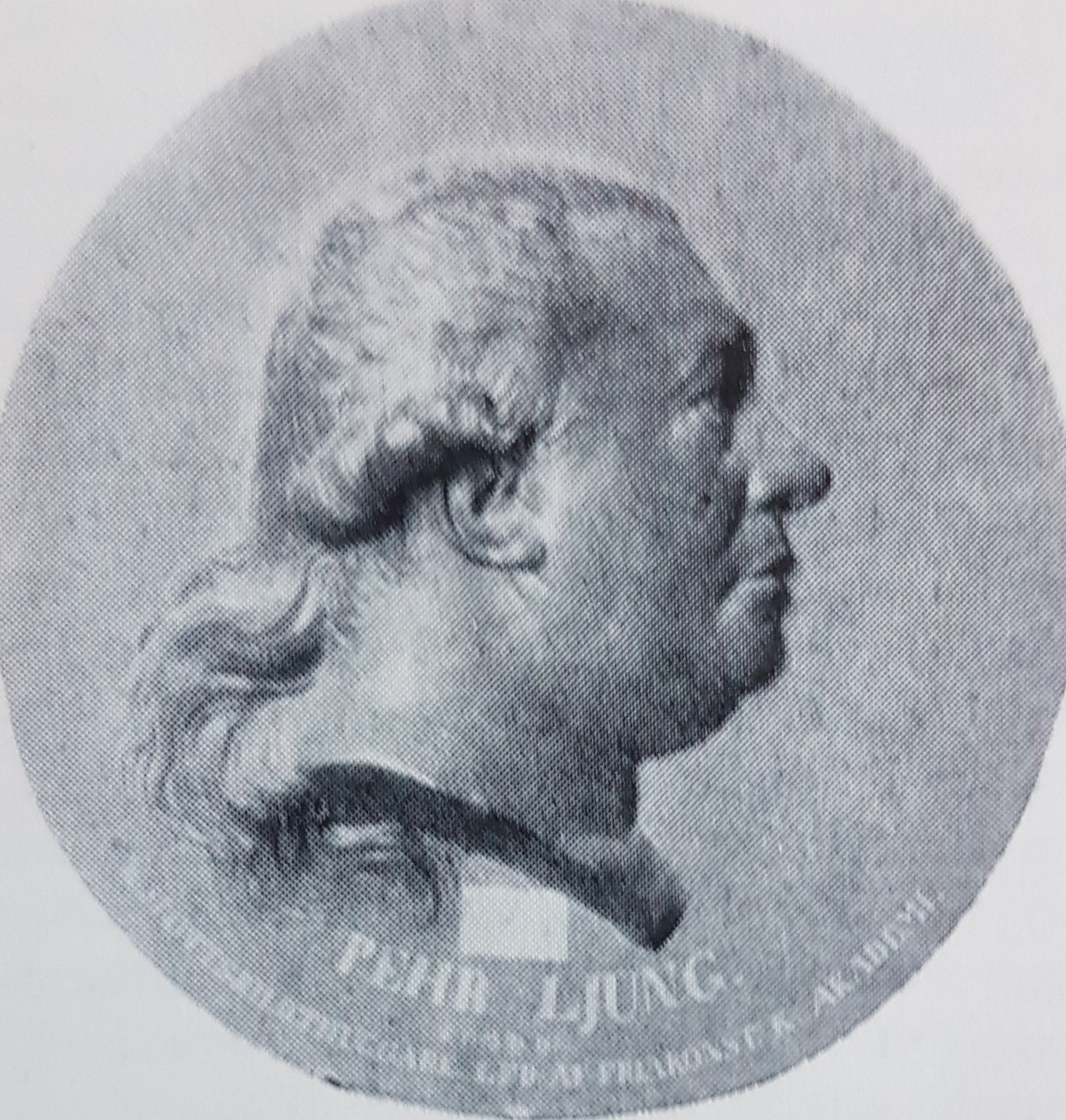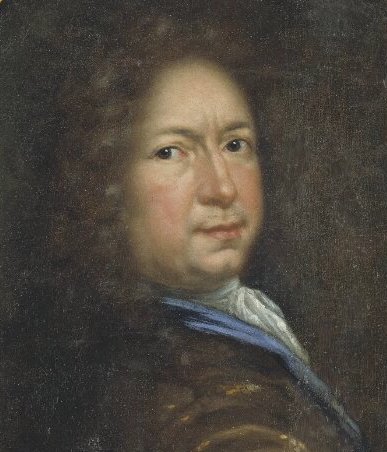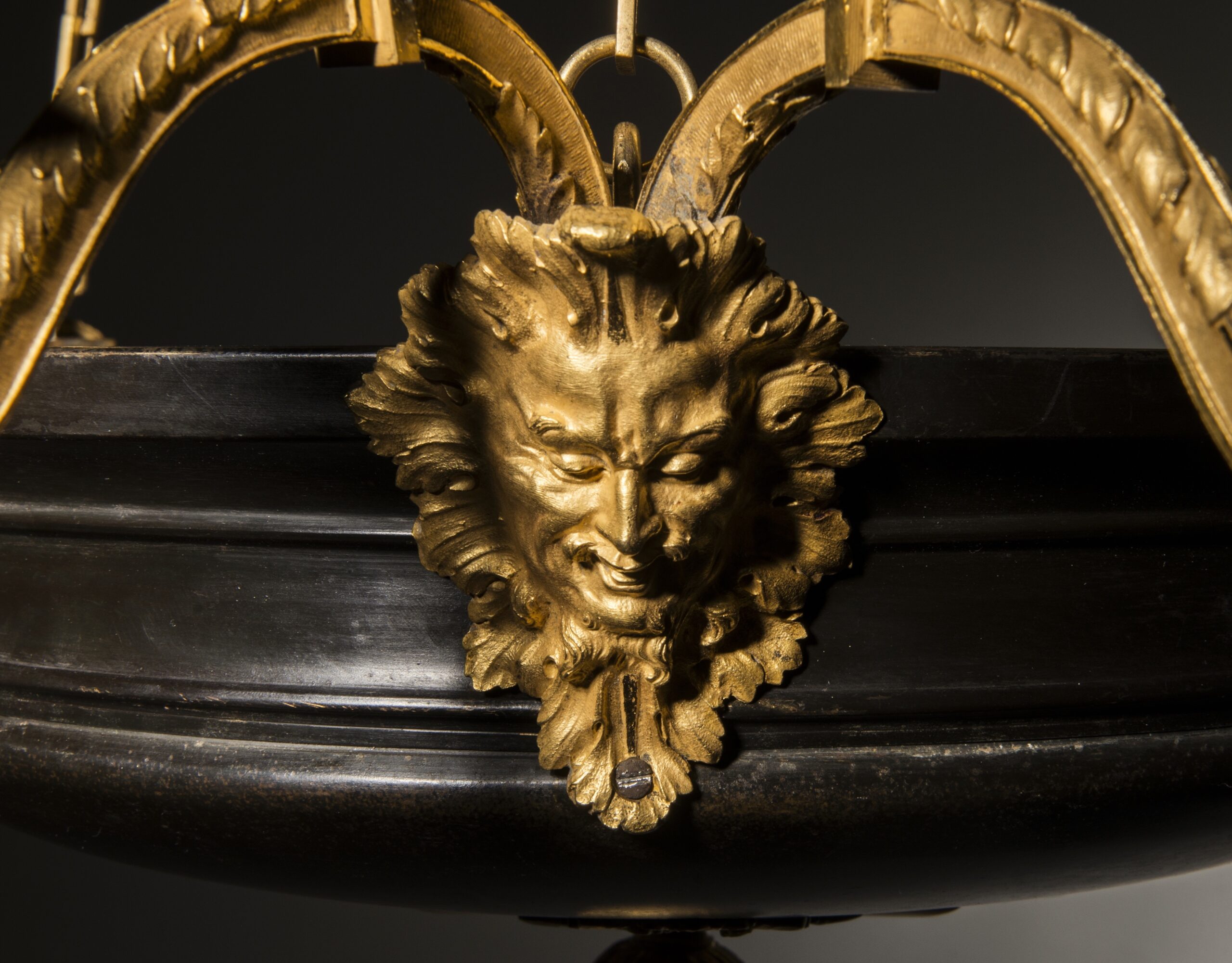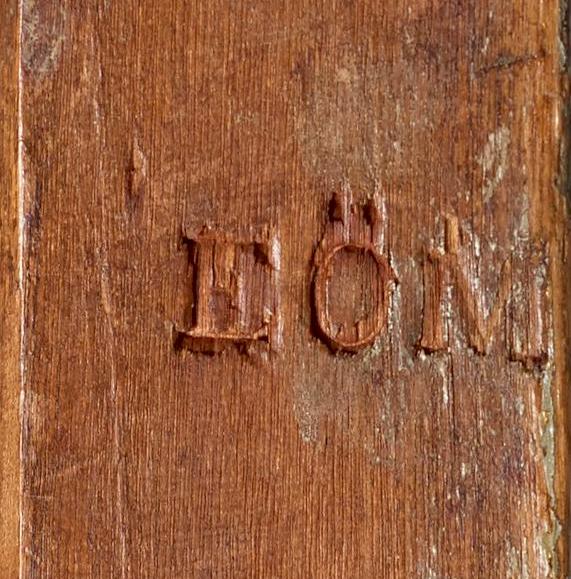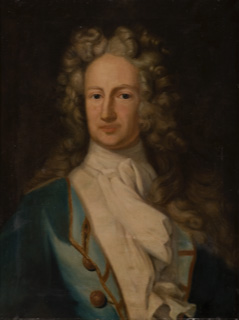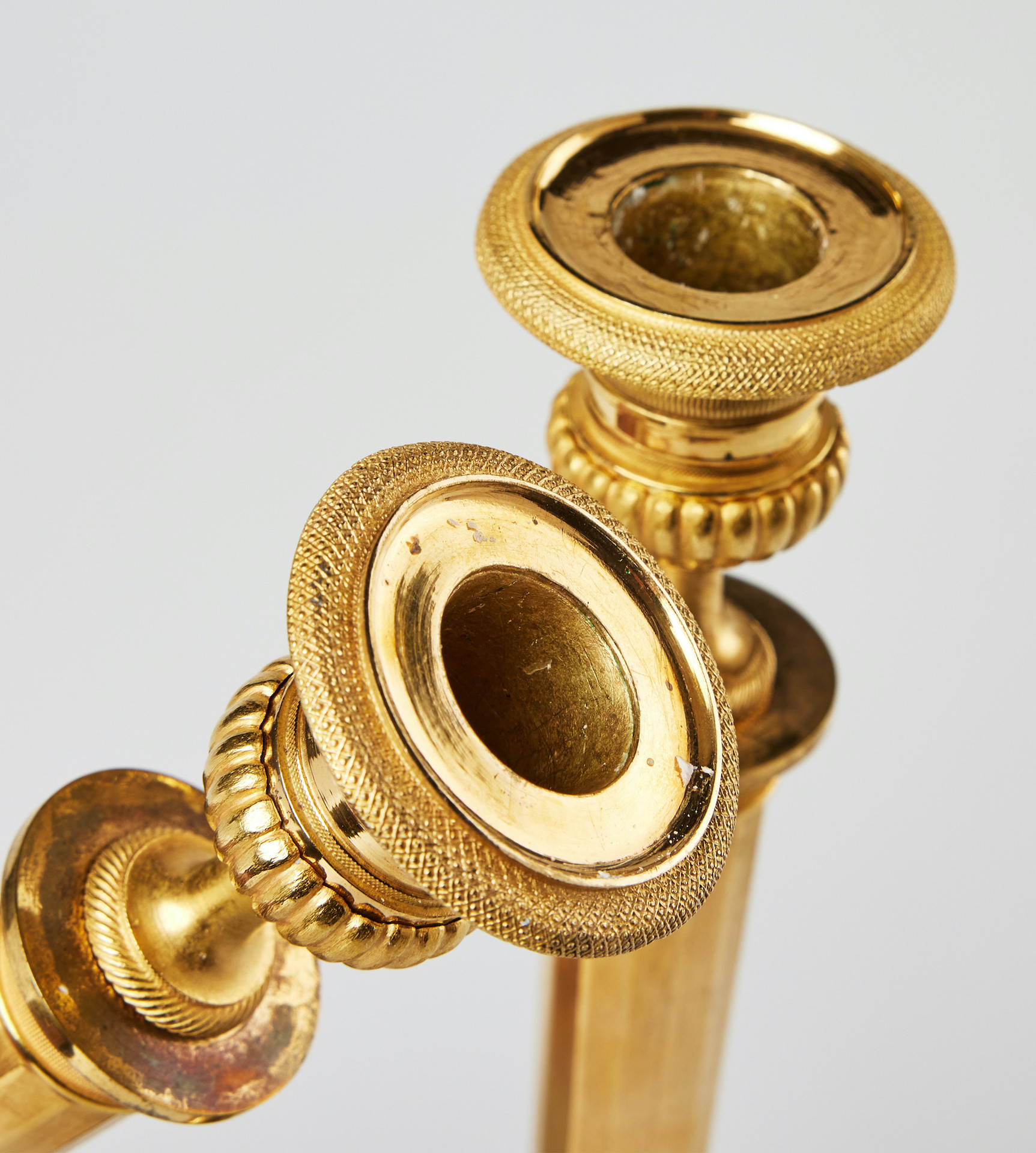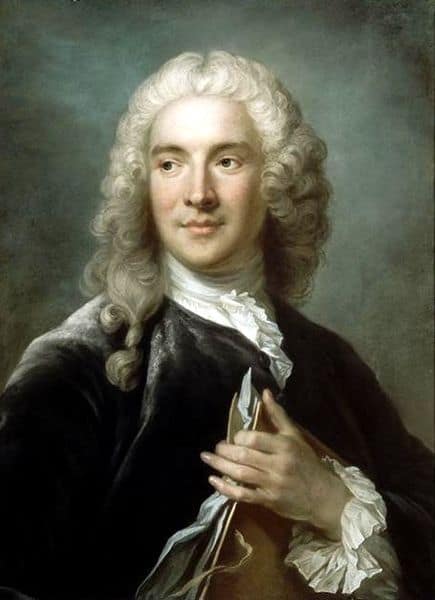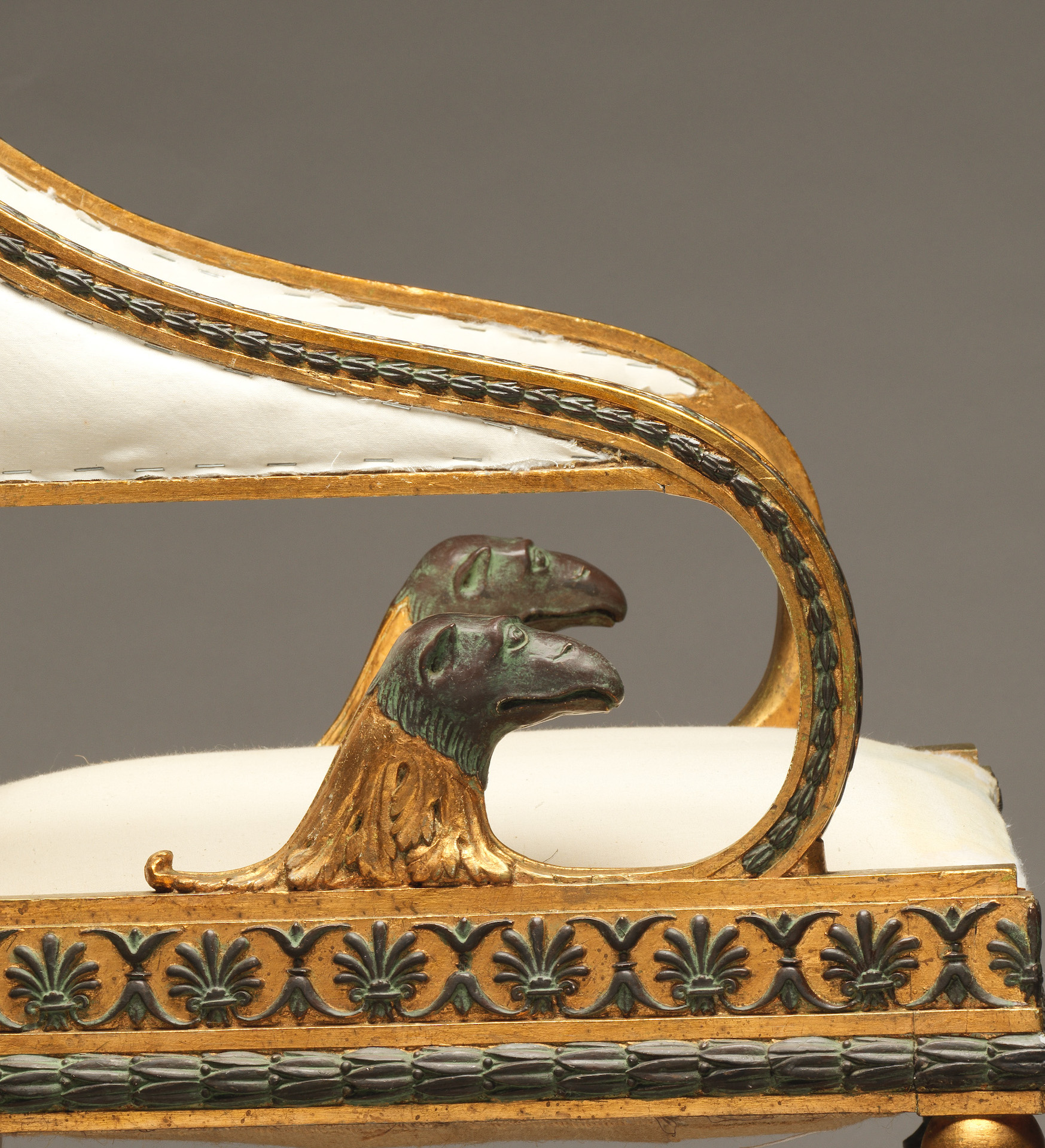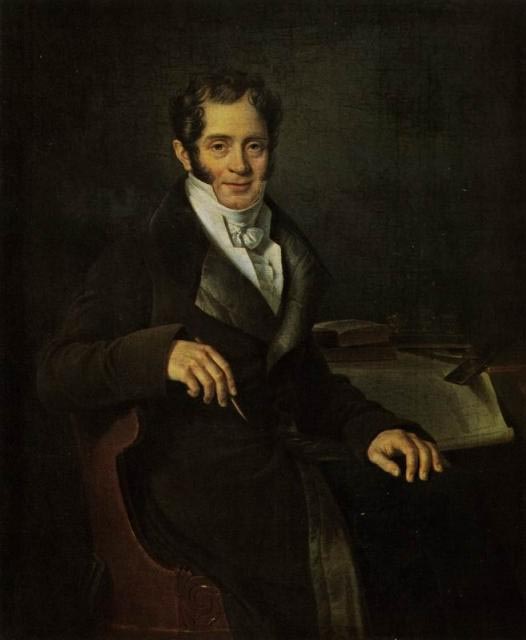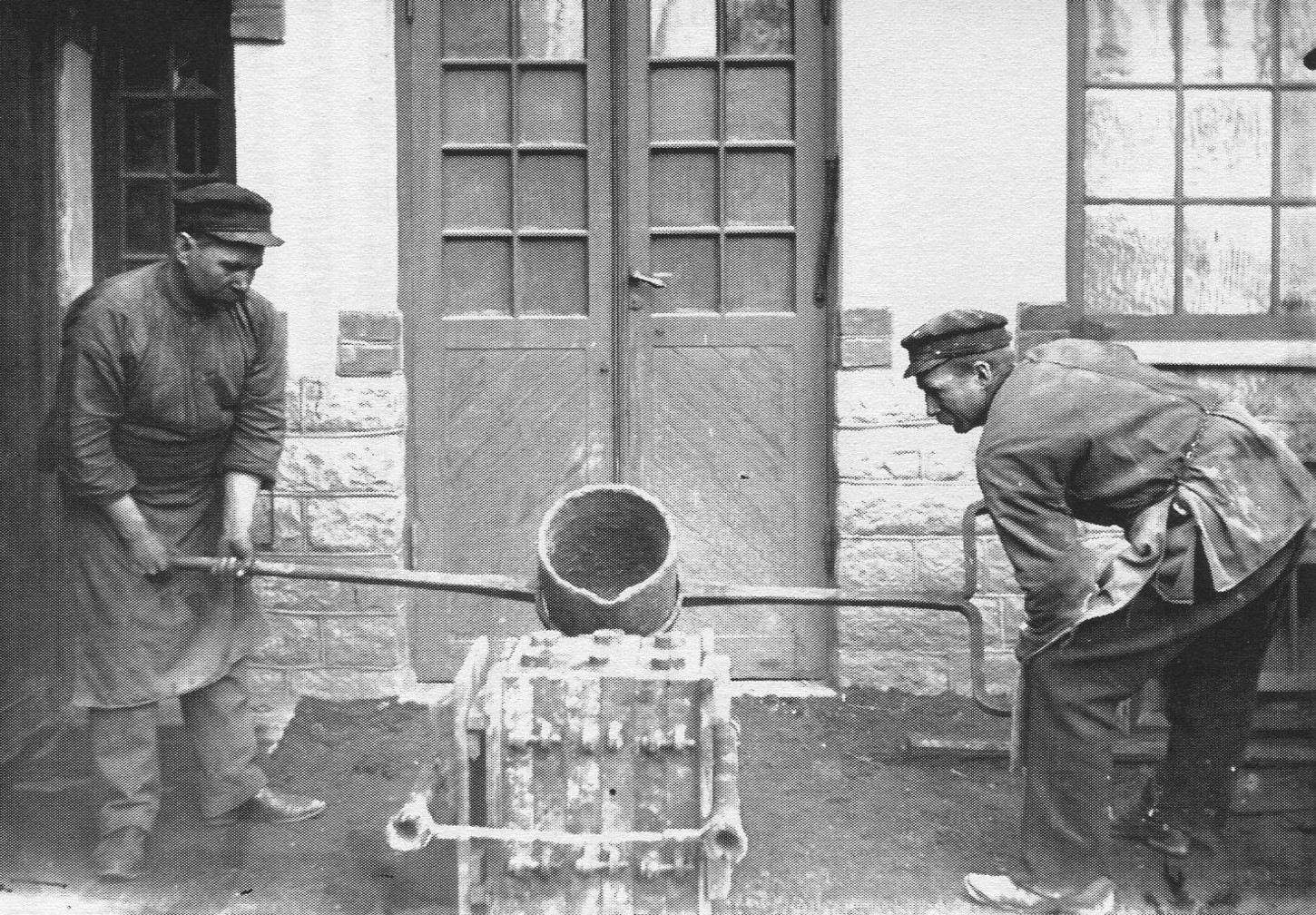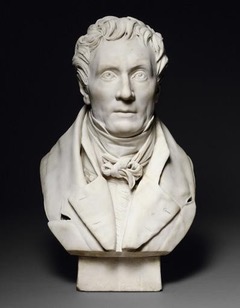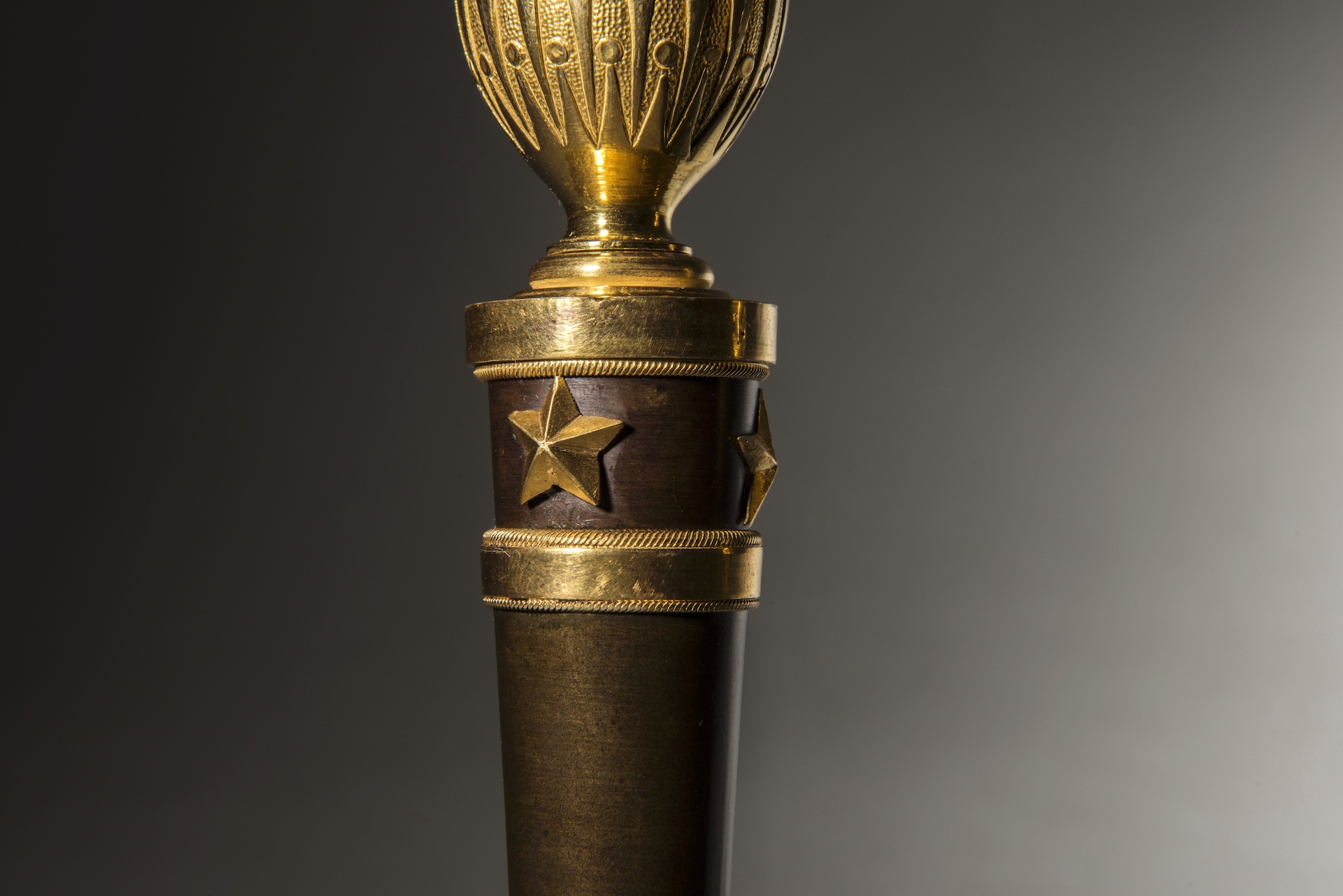1758 –
1837
Fredric Ludvig Rung
Fredric Ludvig was born on the 20 July 1758 in Stockholm, son of gördelmakare Fredrik Rung and Anna Sophia Weser. It is likely that Rung’s early education took place in his father’s workshop and in the workshops led by Frenchmen, which were connected to the Castle Building. At the age of 21, in 1779, with his father’s help, he applied for authorization as court chiseler. The application was also supported by the well-known architect and designer Jean Eric Rehn, who certified Rung’s good skills in drawing, modelling, chiseling and bronzing, but that these needed to be supplemented with studies abroad. In 1779, Fredric Ludwig Rung received his appointment as court engraver and then came to study for six years abroad in various workshops. First the trip went to Germany and Holland and then to France. He himself wrote during his stay in Paris “with access and the opportunity to pursue my knowledge with the foremost artist in this genre, uninterruptedly for 3 years”. It is not clear where Rung studied, but the style of his own work is akin to that of Pierre Gouthière’s workshop. Rung returned to Sweden via England in 1787. At that time, work on furnishing the Haga Pavilion was ongoing and he received orders from Gustav III. Rung had a close collaboration with Louis Masreliez, one of the most important designers of the time. From 1785, Masreliez led the interior work in the royal palaces, where Gustav III’s Haga Pavilion is one of his most important works and the highlight of the Gustavian style. Rung was also a shareholder and involved in Älvdalen’s porfyrbruk, and with his outstanding artistic ability and exquisite chiselling technique, he was the foremost to supply the porphyry industry with gilt bronze mounts. In December 1800, Rung married Sofia Ulrika Pfeffer, with whom he had five daughters. In 1803 Rung was bestowed with the name, honor and dignity of professor.
Related items for sale
More artists



